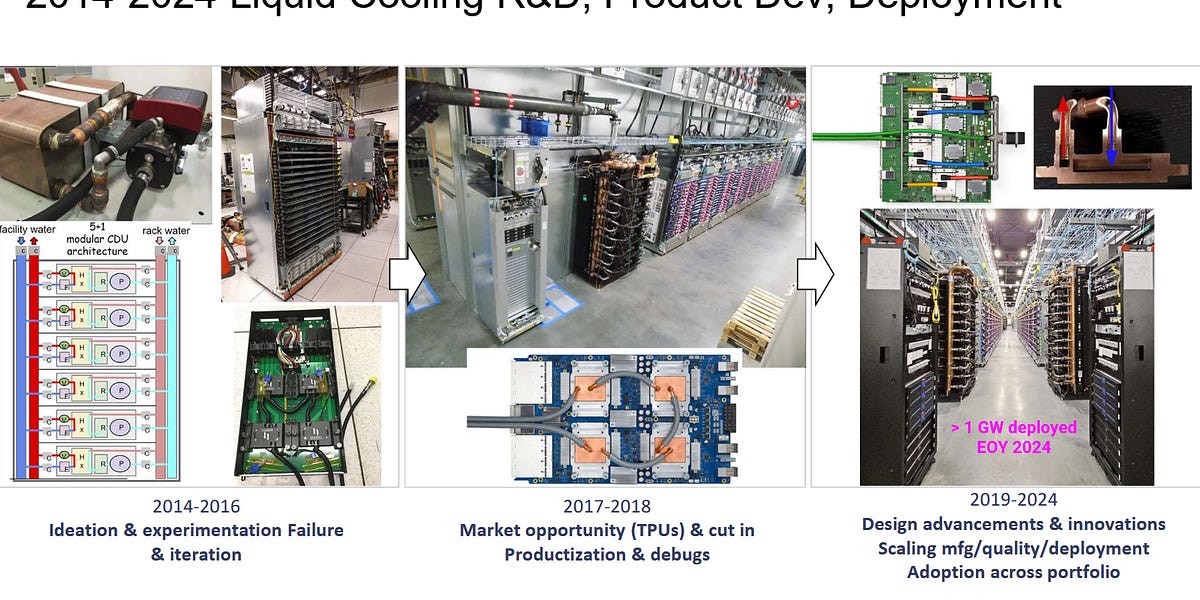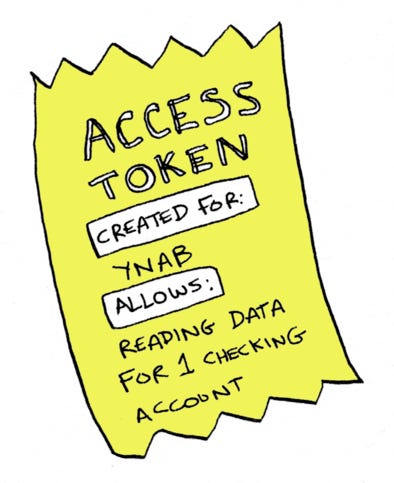xv6-riscv-net: Bringing TCP/IP Networking to RISC-V xv6
This project integrates a TCP/IP stack into the RISC-V version of the xv6 operating system, enabling network functionality. It includes a kernel-space port of the microps user-space TCP/IP stack, a virtio-net driver for network emulation in QEMU, a standard socket API, and a simple ifconfig command. A few commands build and launch QEMU, configure IP addresses, and allow pinging the xv6 guest from the host, along with testing TCP/UDP echo applications.
Read more

















